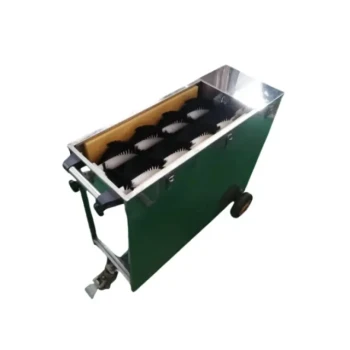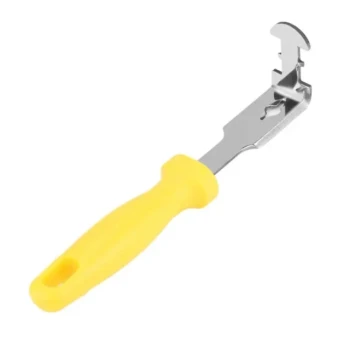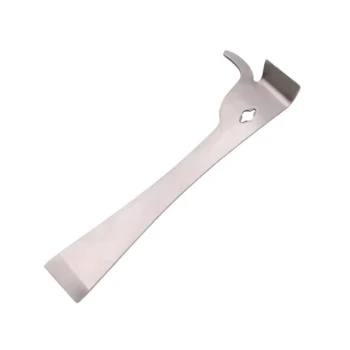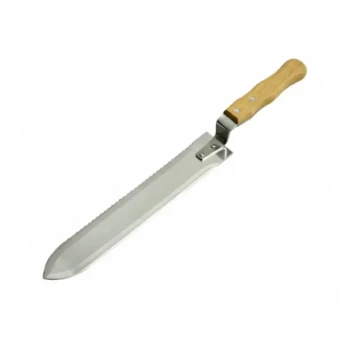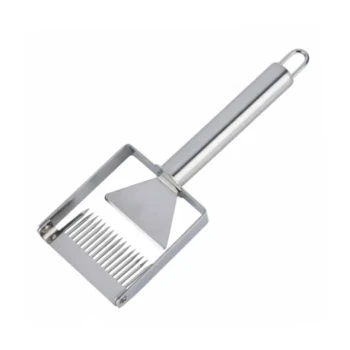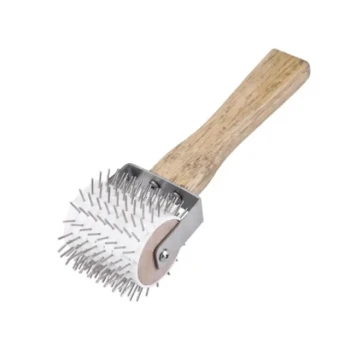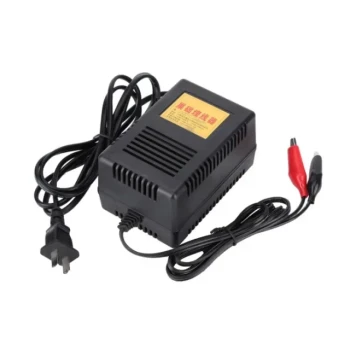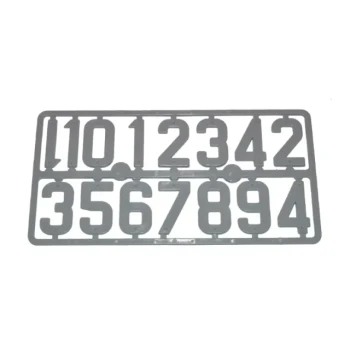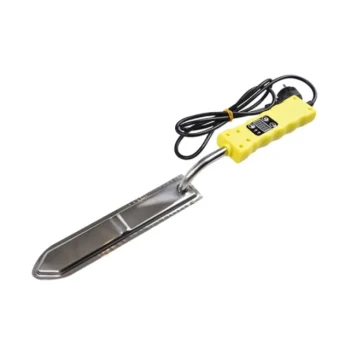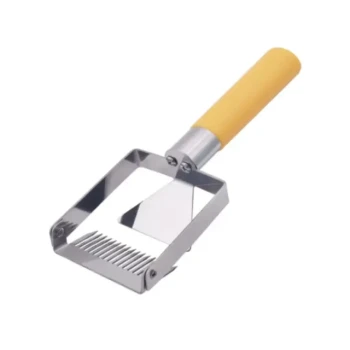Under no circumstances should you block the entrance to an active wasp nest. This common DIY mistake will not eliminate the colony. Instead, it traps thousands of agitated wasps inside a structure, such as your wall void or attic, forcing them to find another escape route. In many cases, this means they will chew their way directly into your living space.
Blocking a wasp nest entrance fundamentally mistakes the goal. It doesn't kill the colony; it merely redirects a highly agitated workforce, often forcing them to chew through materials like drywall or wood and creating a far more dangerous indoor infestation.
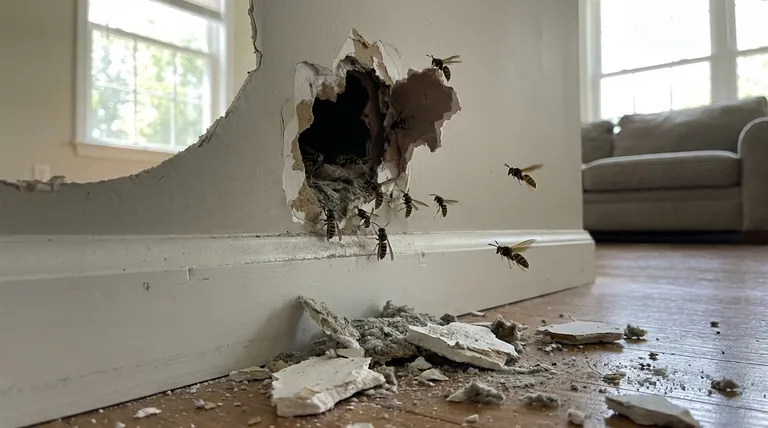
The Immediate Consequences of Blocking a Nest
When you seal the primary entrance to a nest, you trigger a predictable and dangerous chain of events. The problem escalates from a localized outdoor issue to a potential indoor crisis.
Trapped and Agitated
A mature wasp nest can contain thousands of individuals. Blocking their main entry and exit point instantly confines them, causing immediate agitation and aggression. Foraging wasps returning to the nest will swarm the blocked entrance, while those inside begin seeking an alternative way out.
The Aggressive Search for a New Exit
Wasps are relentlessly persistent. Once their primary route is gone, their sole focus becomes creating a new one. They will begin to probe and test the entire cavity that contains their nest, searching for any weak point.
The Destructive Power of Wasp Mandibles
If a weak point isn't readily available, wasps will create one. They possess strong mandibles capable of chewing through softer building materials, including:
- Plasterboard and drywall
- Wood
- Caulking and sealants
- Insulation
If the nest is located in a wall void, attic, or soffit, their chewing is almost always directed inward, toward the climate-controlled and protected interior of your home.
Why This Creates a More Dangerous Problem
Attempting to seal a nest doesn't contain the threat—it internalizes it. What was once a nuisance in your yard can quickly become a direct hazard inside your house.
From Outdoor Nuisance to Indoor Invasion
A wasp emerging from a hole in your living room ceiling is a fundamentally different and more alarming problem than a wasp flying around a nest under your eaves. This is the most common result of a blocked nest in a building's structure.
Greatly Increased Risk of Stings
Wasps that have been trapped and forced to chew their way out are highly aggressive. When they break through into a room, they are disoriented and perceive anything that moves as a threat, dramatically increasing the likelihood of painful stings.
Ineffective and Counterproductive
Blocking the hole simply does not work. The wasps will either find another pre-existing gap or create a new one. You will have failed to solve the problem and succeeded only in making the wasps angry and moving them into your home.
The Correct Approach to Wasp Nest Removal
The goal is not to block the wasps but to eliminate the entire colony. Your method should depend entirely on the nest's location and your comfort level with the task.
- If the nest is exposed and easily accessible (e.g., hanging from a tree branch or under an eave): A DIY approach using a purpose-built wasp and hornet aerosol spray can be effective. Treat the nest at dusk or dawn when the wasps are least active, and follow all safety instructions on the product label.
- If the nest is within a wall void, attic, soffit, or underground: Do not attempt a DIY solution. Call a professional pest control service. They have the specialized equipment and insecticide dusts to treat the colony directly through the entrance hole without blocking it, ensuring the wasps carry the treatment into the nest and eliminate the entire colony safely.
- If you are allergic to stings or are in any way unsure: Always default to calling a professional. The risk of anaphylactic shock, multiple stings, or a failed treatment that worsens the infestation is not worth it.
By addressing the colony directly rather than just its entrance, you ensure a safe and permanent solution to your wasp problem.
Summary Table:
| Consequence of Blocking a Nest | Result |
|---|---|
| Trapped & Agitated Wasps | Thousands of wasps become highly aggressive and seek a new exit. |
| Destructive Chewing | Wasps can chew through drywall, wood, and insulation to escape. |
| Indoor Infestation | The problem moves from outside to inside your living space. |
| Increased Sting Risk | Agitated, trapped wasps are far more likely to sting. |
Don't let a wasp problem become a home invasion. For commercial apiaries and beekeeping equipment distributors, proper pest management is crucial for protecting your investments and operations. HONESTBEE supplies the professional-grade equipment and protective gear needed for safe and effective beekeeping and pest control. Contact our experts today to discuss wholesale solutions for your apiary or distribution business.
Visual Guide
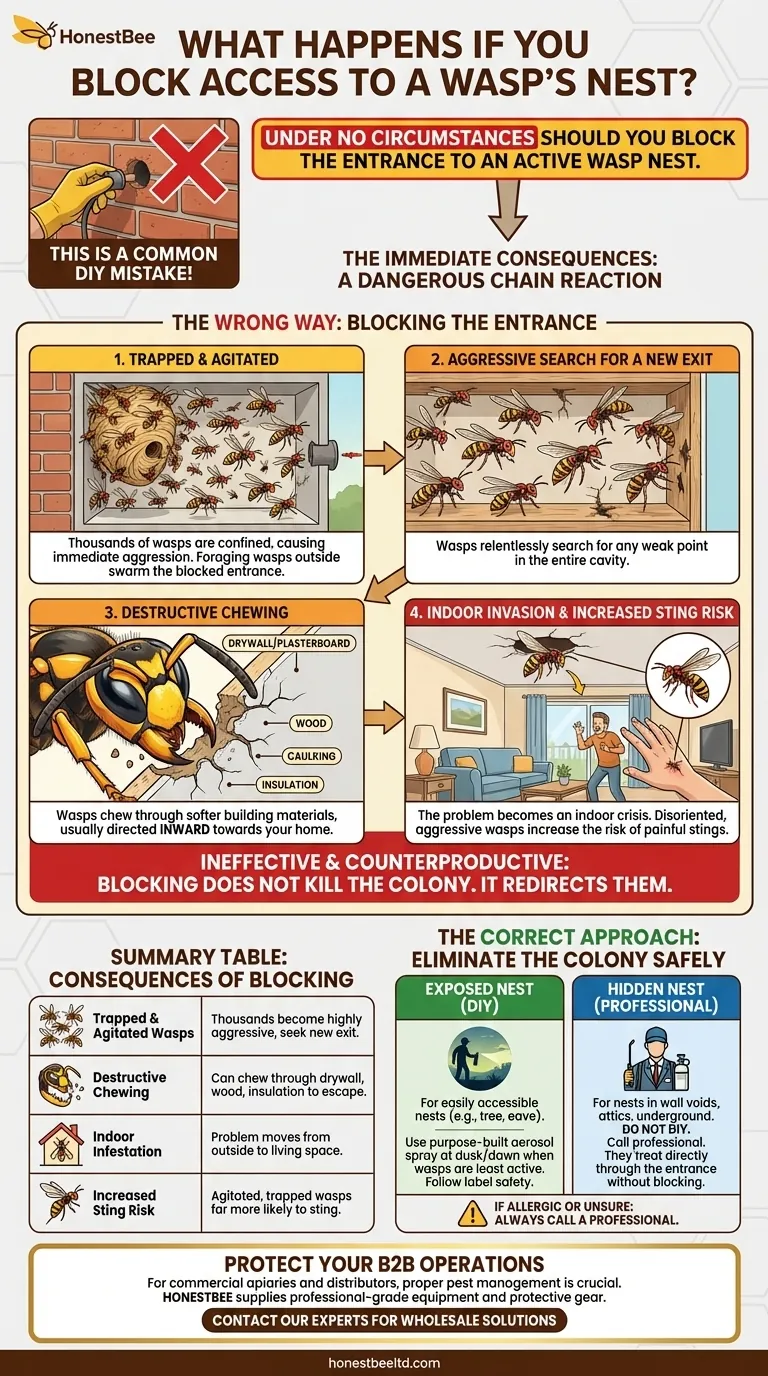
Related Products
- Commercial Grade Vertical Electric Bee Sweeper for Bee Removal
- Heavy Duty Stainless Steel Frame Cleaner with Plastic Handle
- HONESTBEE Advanced Ergonomic Stainless Steel Hive Tool for Beekeeping
- Professional Dual-End Stainless Steel Hive Tool for Beekeeping
- HONESTBEE Professional Long Handled Hive Tool with Precision Cutting Blade
People Also Ask
- What qualities are important for someone starting in beekeeping? Build a Thriving Apiary with the Right Mindset
- How does the Auto Flow Beehive work? A Gentle, No-Stress Honey Harvesting System
- What are the benefits of using the Flow Hive for honey harvesting? Simplify Your Harvest & Protect Your Bees
- Why is it important to clean and sanitize beekeeping equipment before storage? Protect Your Apiary Investment
- What month do honey bees come out? Understand Their Spring Emergence & Activity Cycle
